For landscapers, the most difficult garden to design is their own. On the other hand, a particularly challenging space can focus the mind. We visit garden designer Catriona Andrews‘ sloping city garden in Herne Hill, London, to see what lessons she has learned form reimagining a garden that had been used by the same family for 50 years:
Photography by Jim Powell for Gardenista.
What was the biggest challenge?

“We built a series of retaining walls, square to the house on the high side,” she continues. “This created different views from the kitchen (above), the sitting room and side passage.”
How did you add hardscaping to define the space?
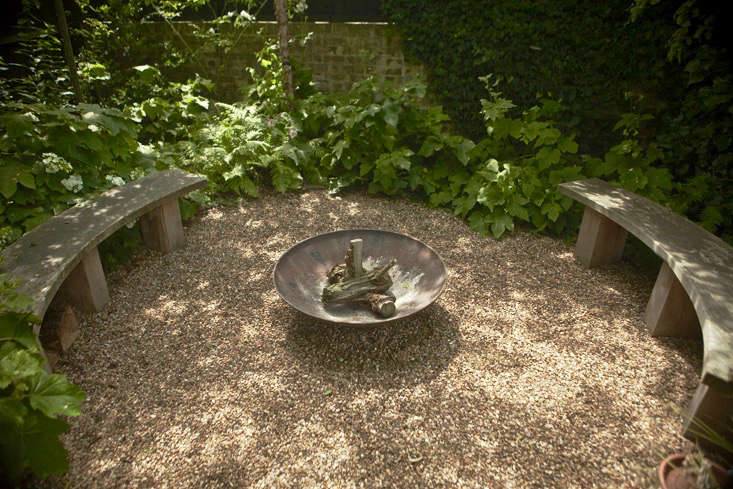
Catriona converted the impossible slope into two levels, so that it could be used more easily. Within that, she created distinct spaces. “The fire pit area is great for teenagers,” says Catriona. “They can be apart from us and chat late into the night.”

How about drainage?

The soil she found in the garden originally was difficult to work with: heavy London clay with a lot of rubble from World War II bomb damage. There was little top soil near the house so it would naturally become waterlogged if she didn’t work on improving it.
What would you do differently next time with irrigation?

“I try not to irrigate the garden besides the pots,” says Catriona. “The planting has to be able to survive when the weather is dry. London rainfall is erratic and very low, but I’ve found that mulching with stable manure or bark chips in the spring helps with moisture retention in the soil.”
Catriona collects rainwater in barrels, though there are never enough. She waters in new plants well, and adds slow-release fertilizer in the autumn. Encouraging a good root system is hugely helpful for plants when the weather gets hot and dry.
What hardscape materials did you use?

How do you create privacy?
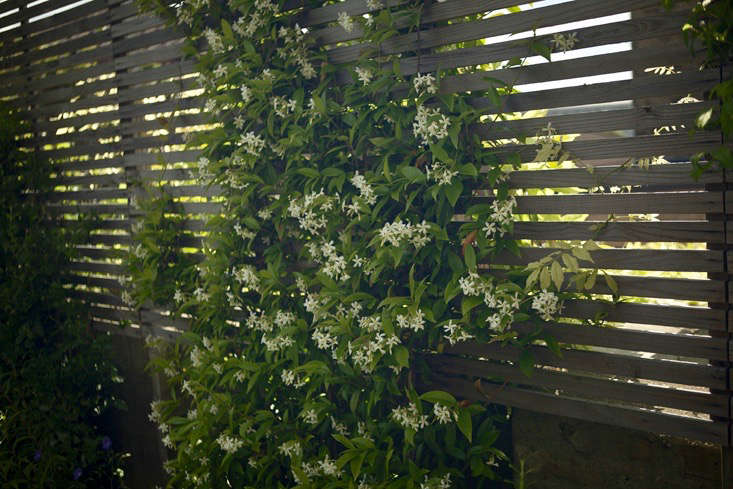
What pests have you encountered?
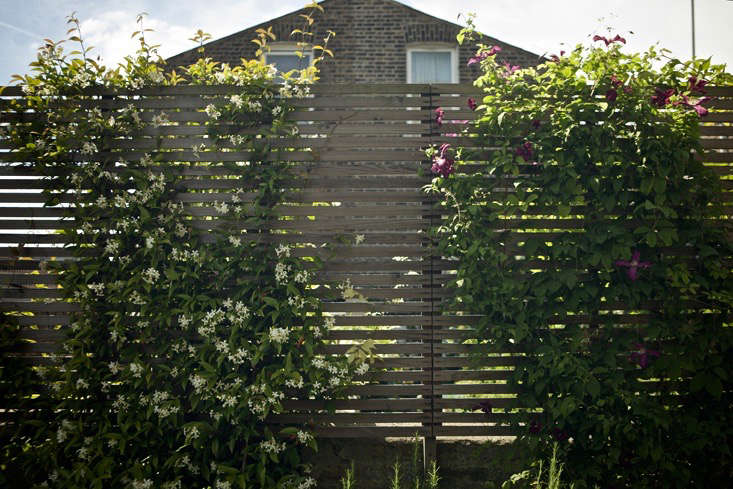
“Foxes and squirrels are very prolific in central London,” says Catriona. “We currently have a fox family cavorting in the garden at night, leaving scavenged rubbish and leaving holes in the beds.” It’s all part of life’s rich pageant.
How do you use the outdoor space in ways you didn’t before?
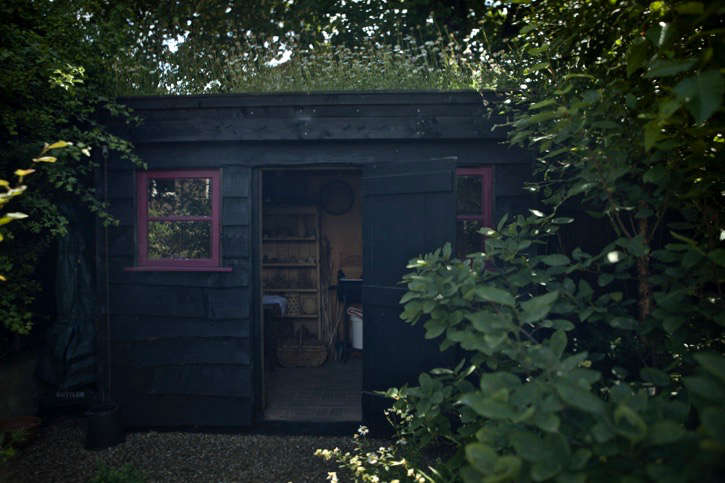
What do you love most about the garden?
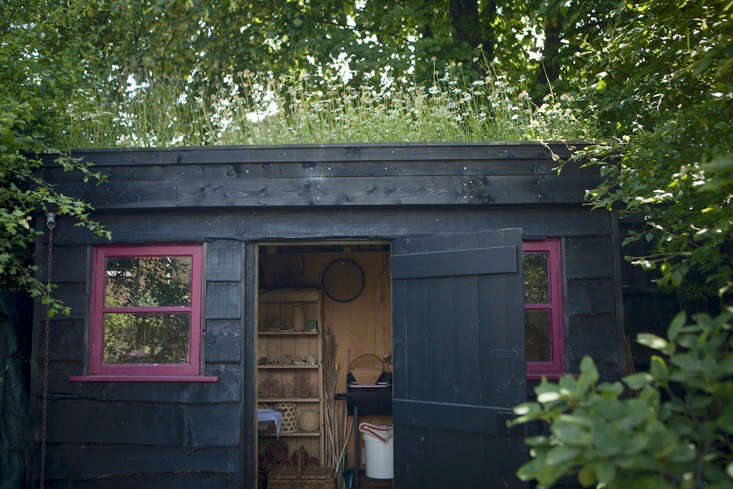
“I love the varied planting areas, including the green roof. It’s fascinating to sit, listen, and watch,” says Catriona. “Nesting birds, fledglings, mating frogs and tadpoles, butterflies, moths, dragonflies, bats, and fox cubs all encourage a rich engagement with nature.”
What do you wish someone had told you in the beginning?
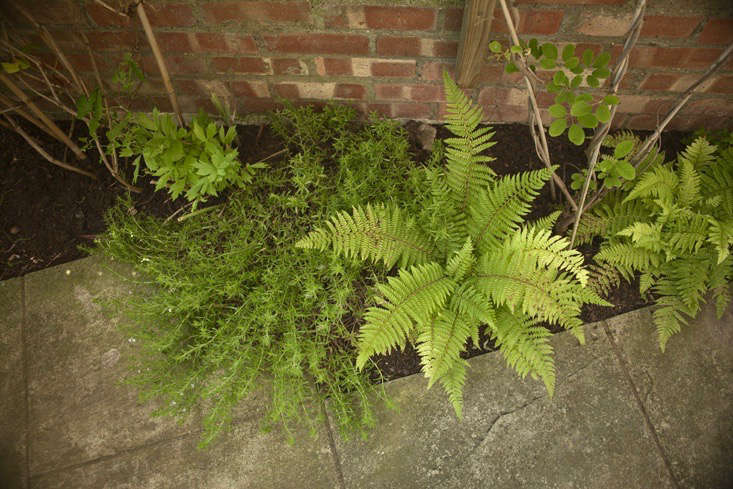
“Choosing plant communities that should thrive in particular conditions is not a guarantee of success,” says Catriona. “There are so many varients to plant habitat and weather.”
Which plants have you had to move or remove altogether?

“I love Nepeta (catmint) but the number of local cats means that it’s always destroyed, in a feline ecstasy,” says Catriona. Some of her plants are now reaching the end of their natural life. Lavender, achillea, and salvia all need replacing, after flowering away for from six to eight years.
For another installment of the Lessons Learned series, see Lessons Learned: Salvaging a Garden from a Previous Remodel.
For more on what to do with a slope, see:
- What to Do with the Slope in Your Garden? 6 Attractive Solutions
- Landscaping Ideas: A Sunken Verdant Courtyard for a Seattle Home on a Slope









Have a Question or Comment About This Post?
Join the conversation